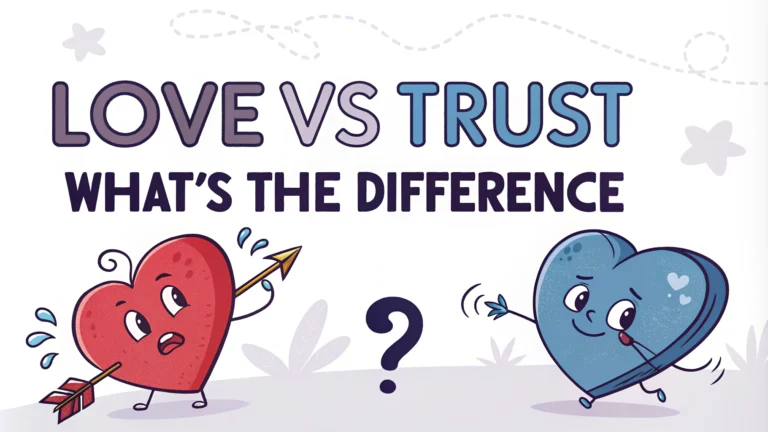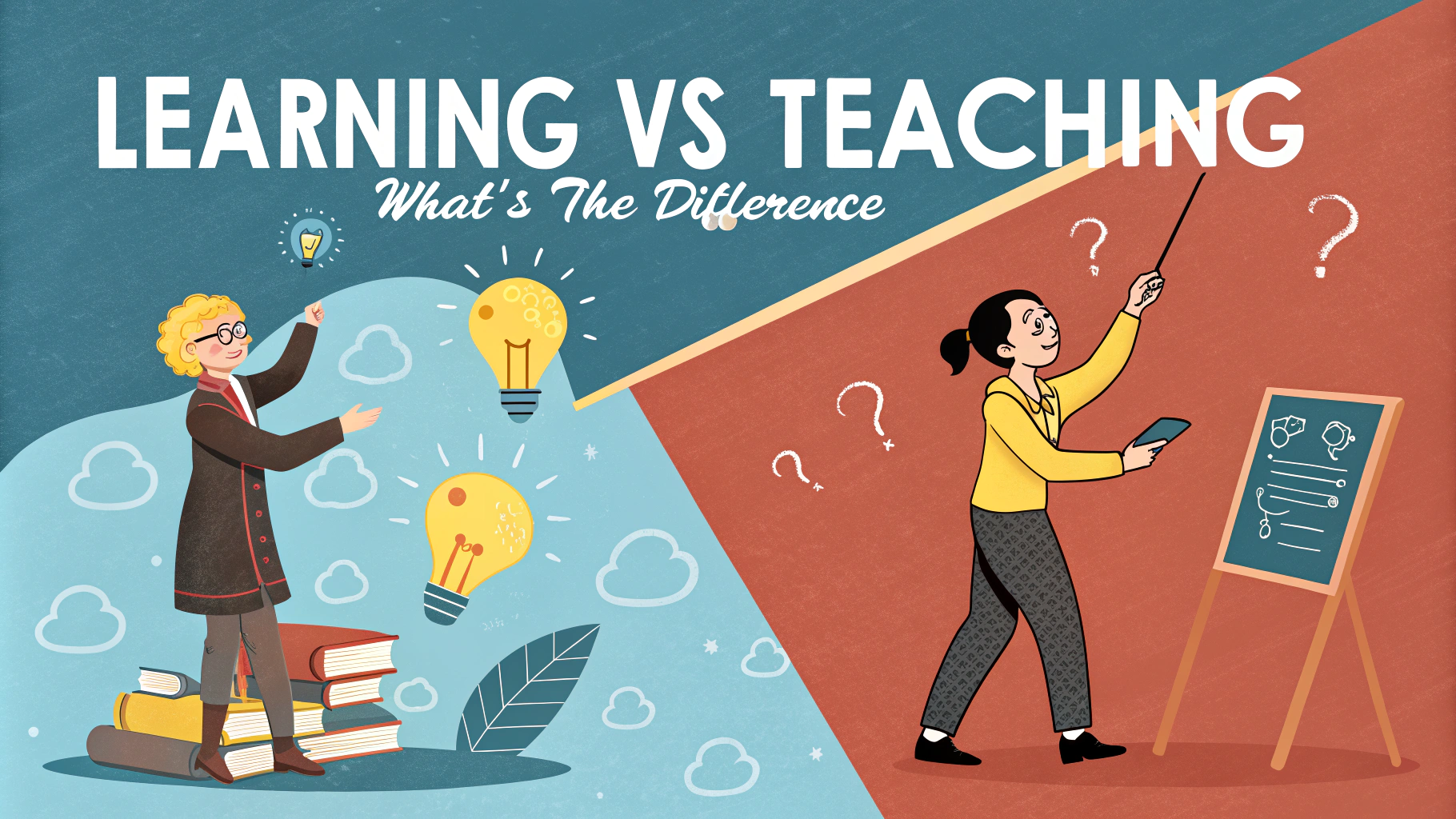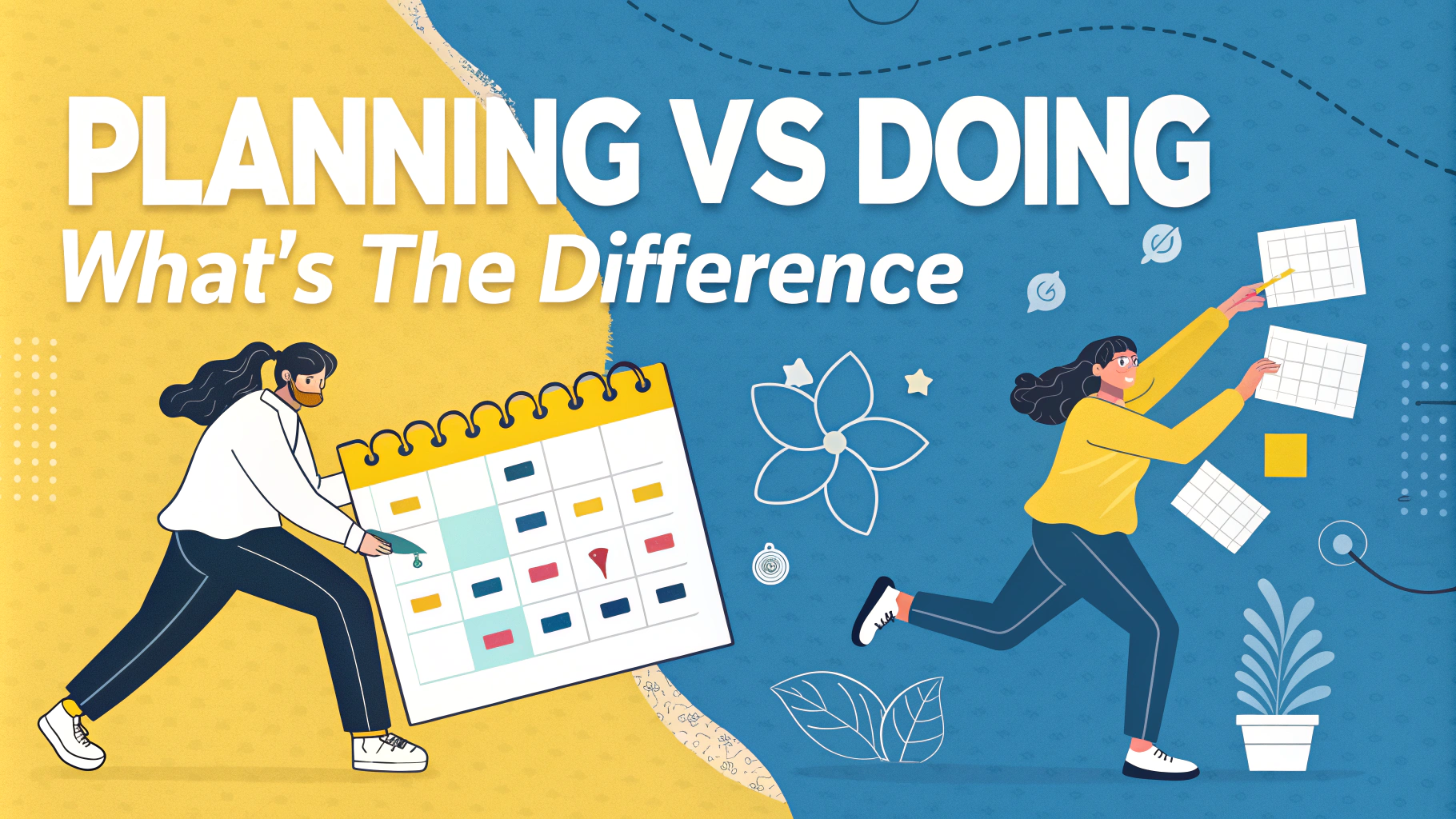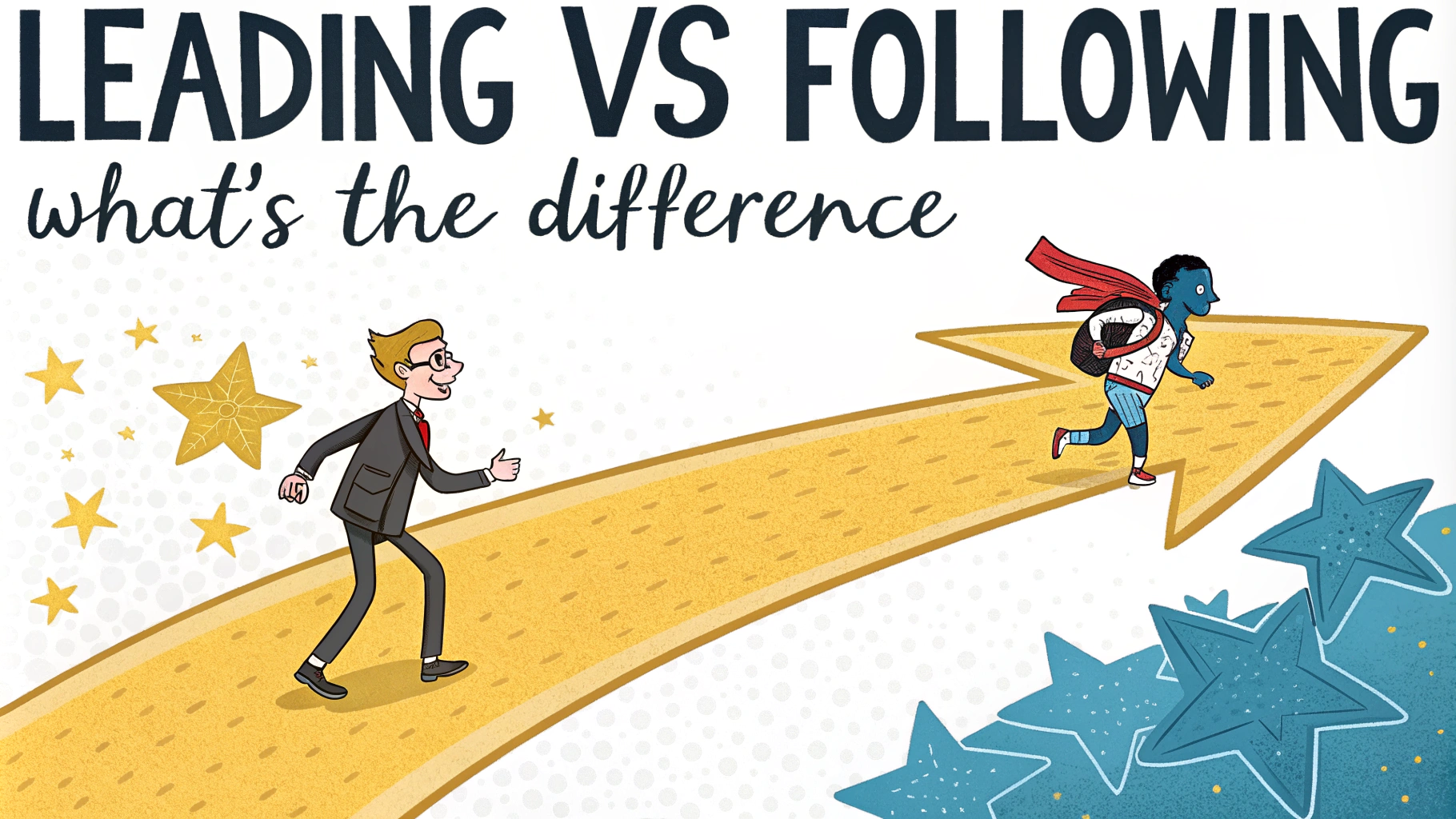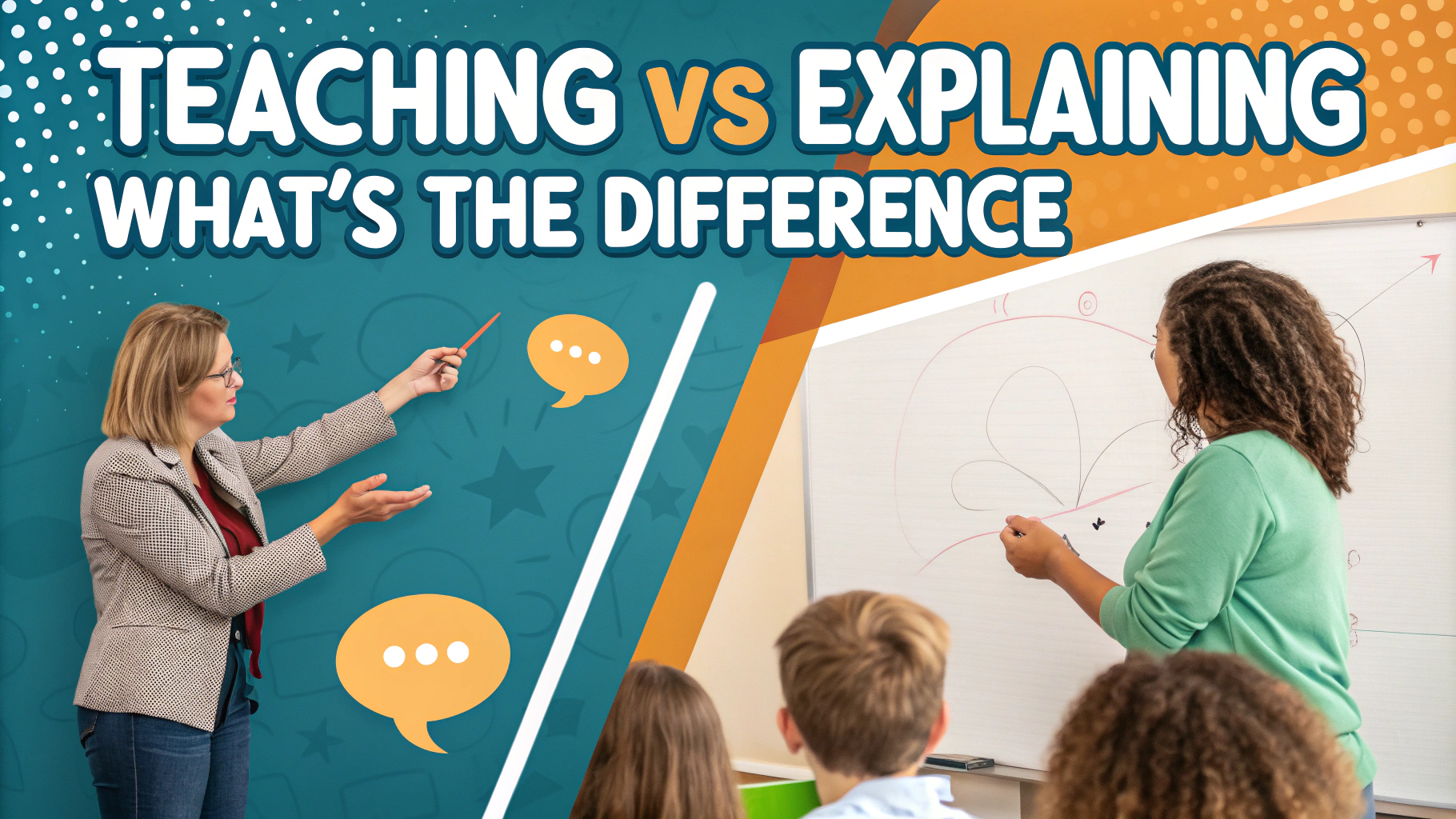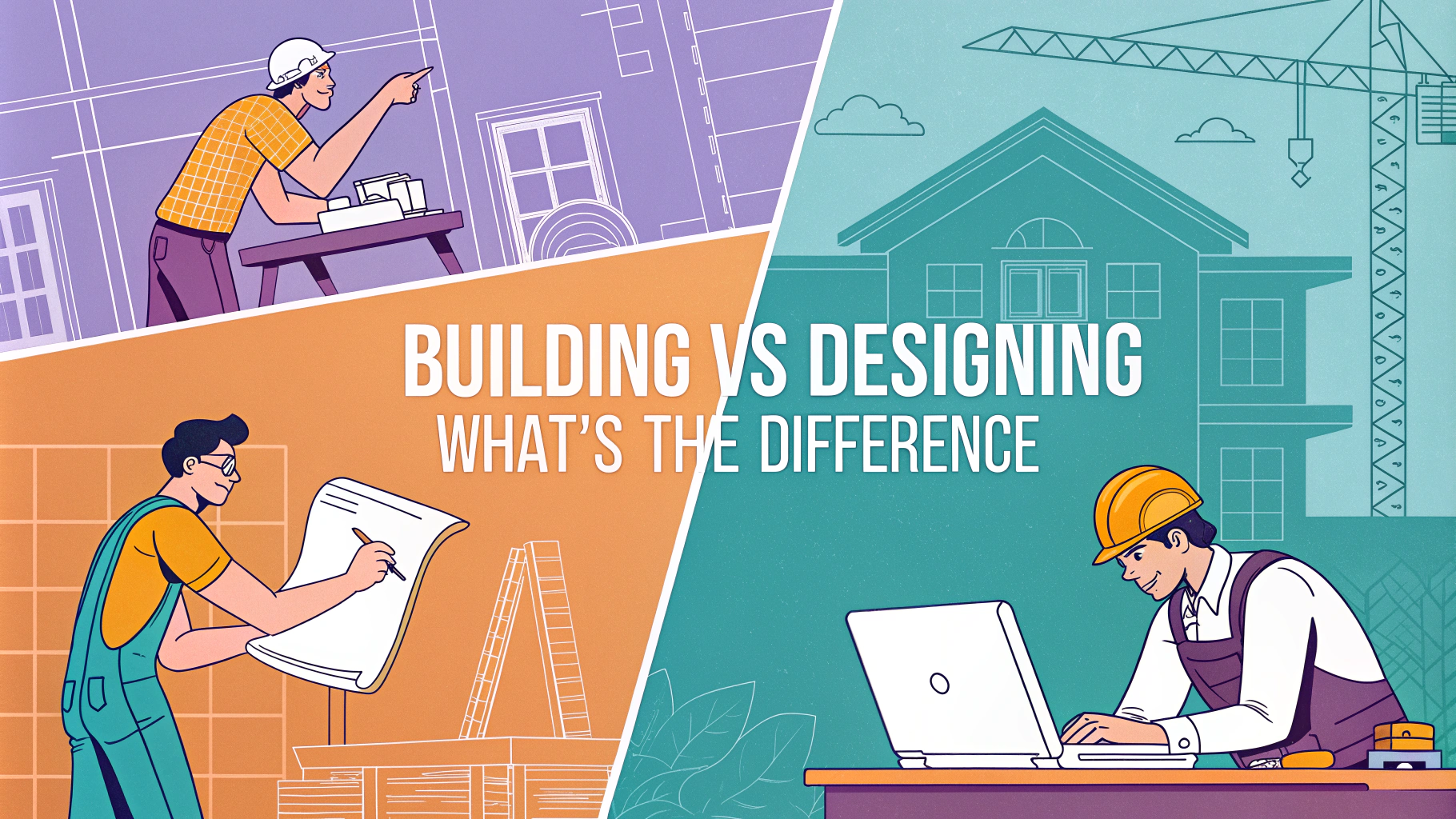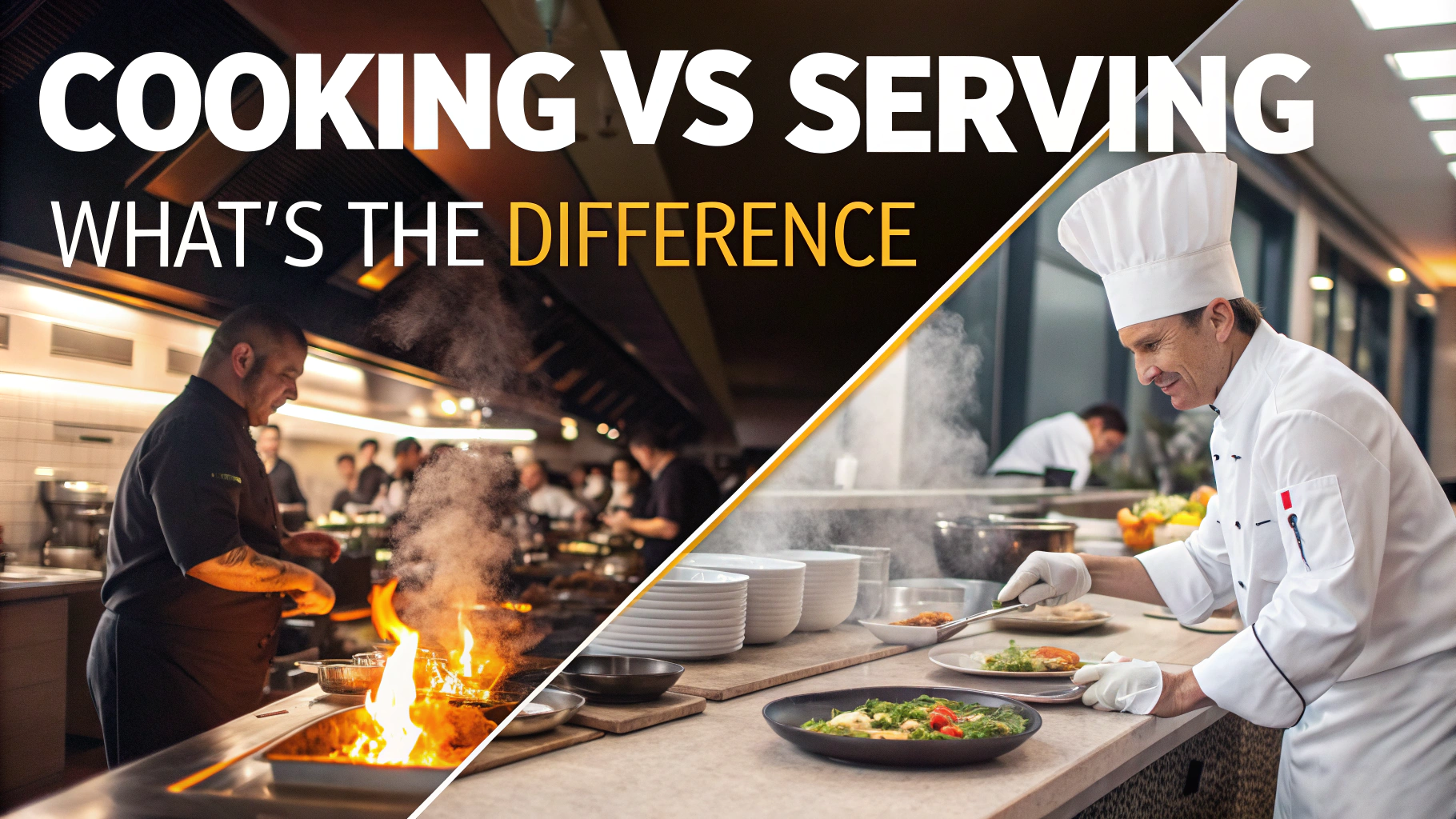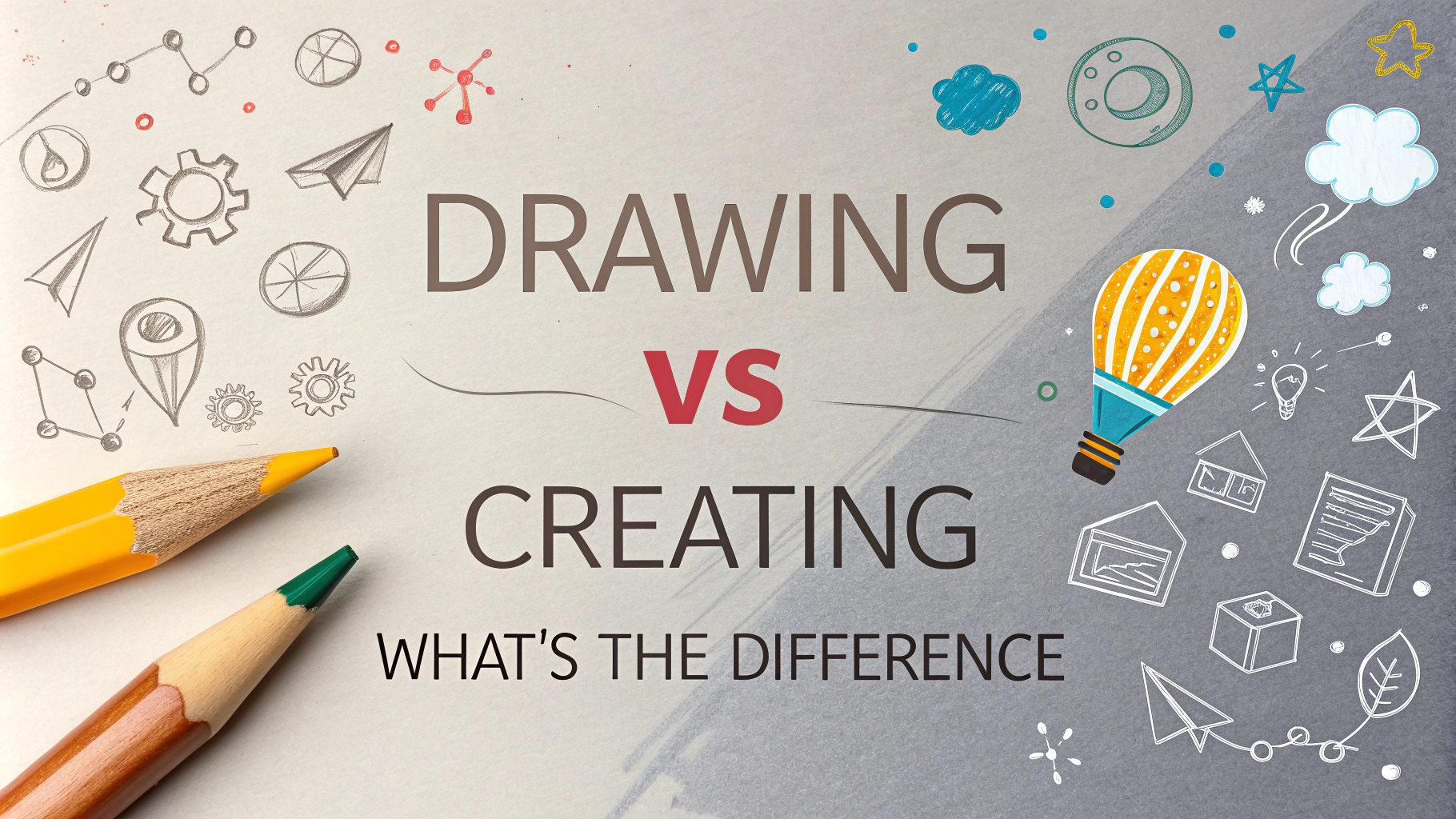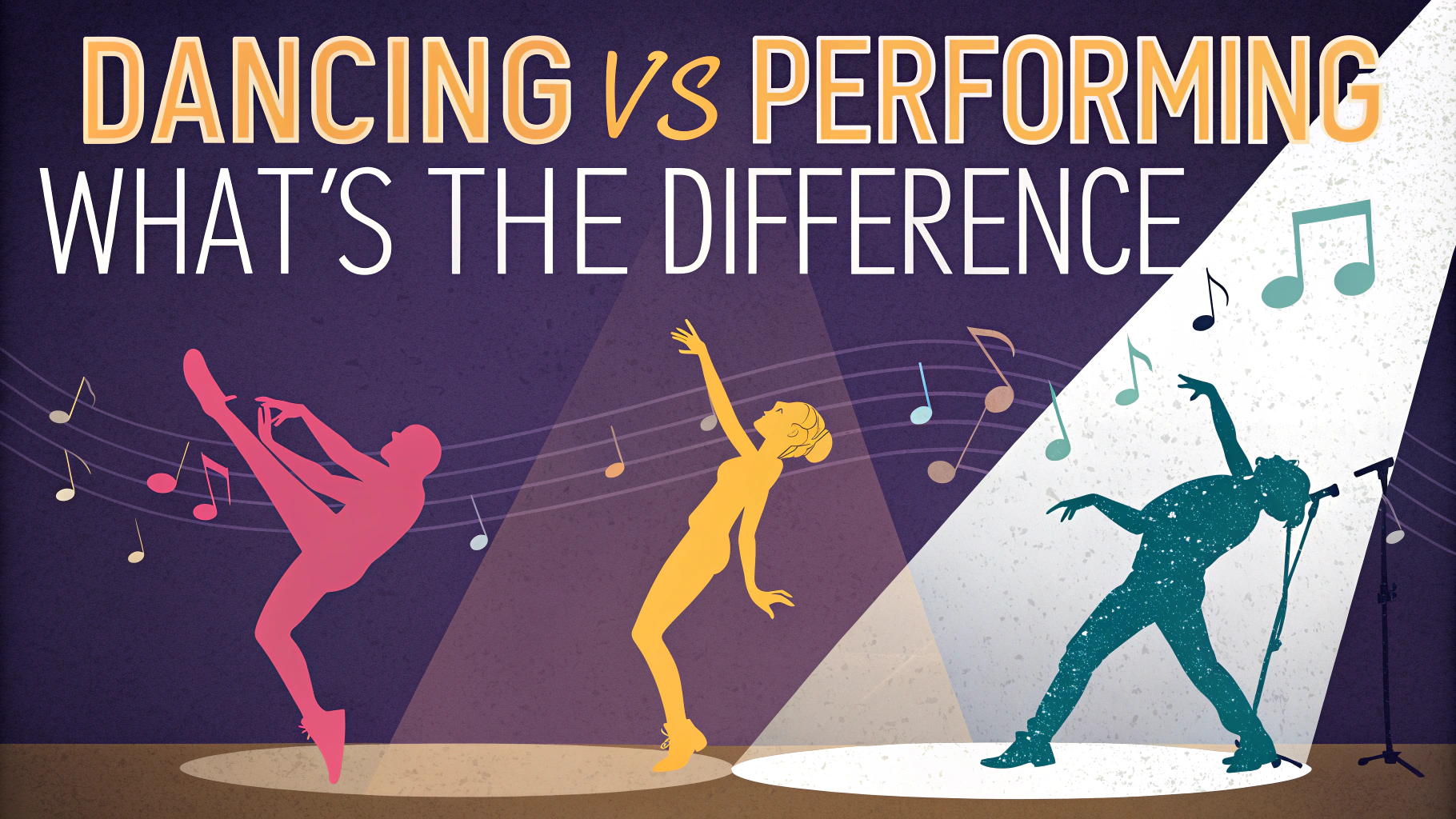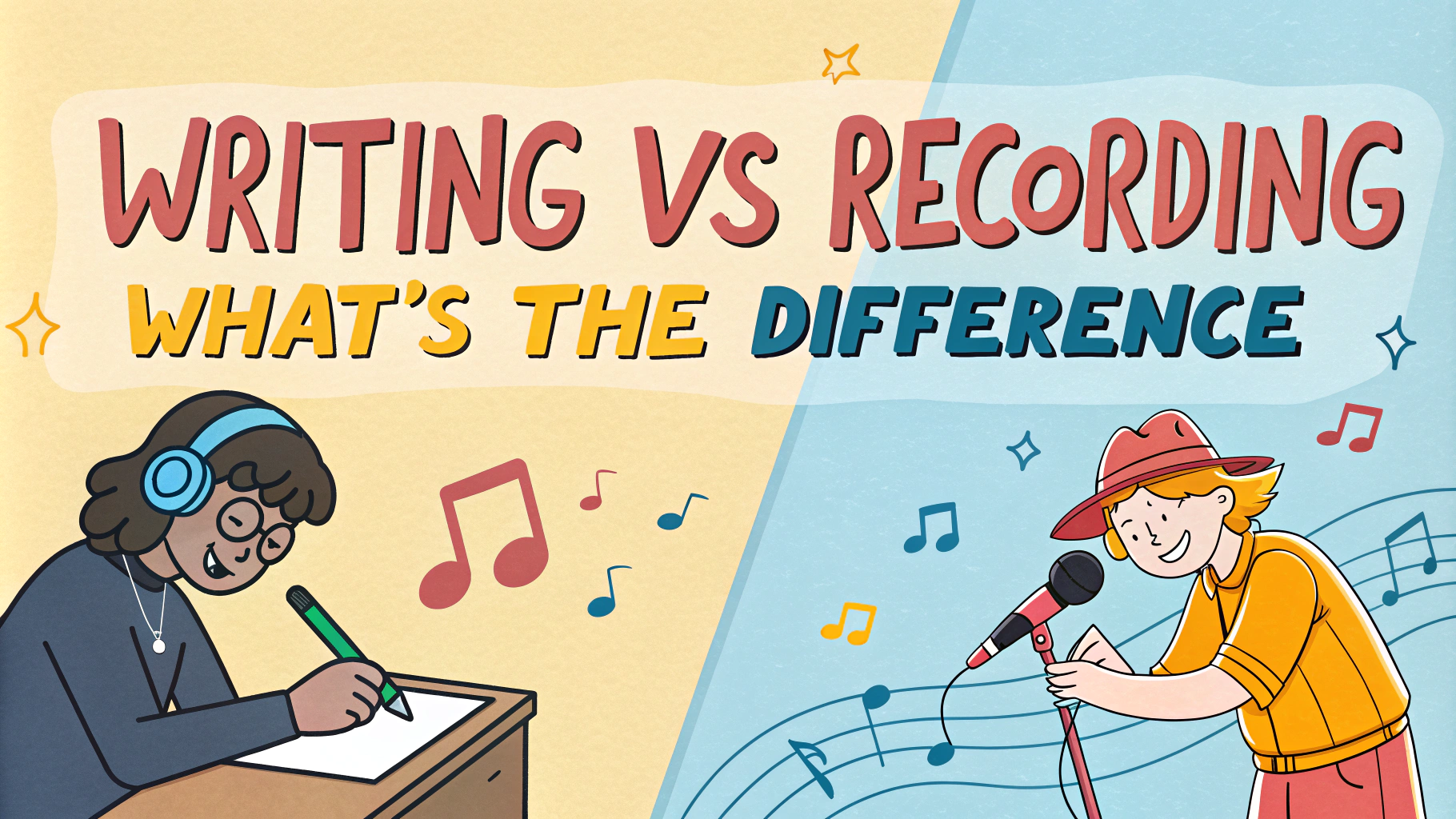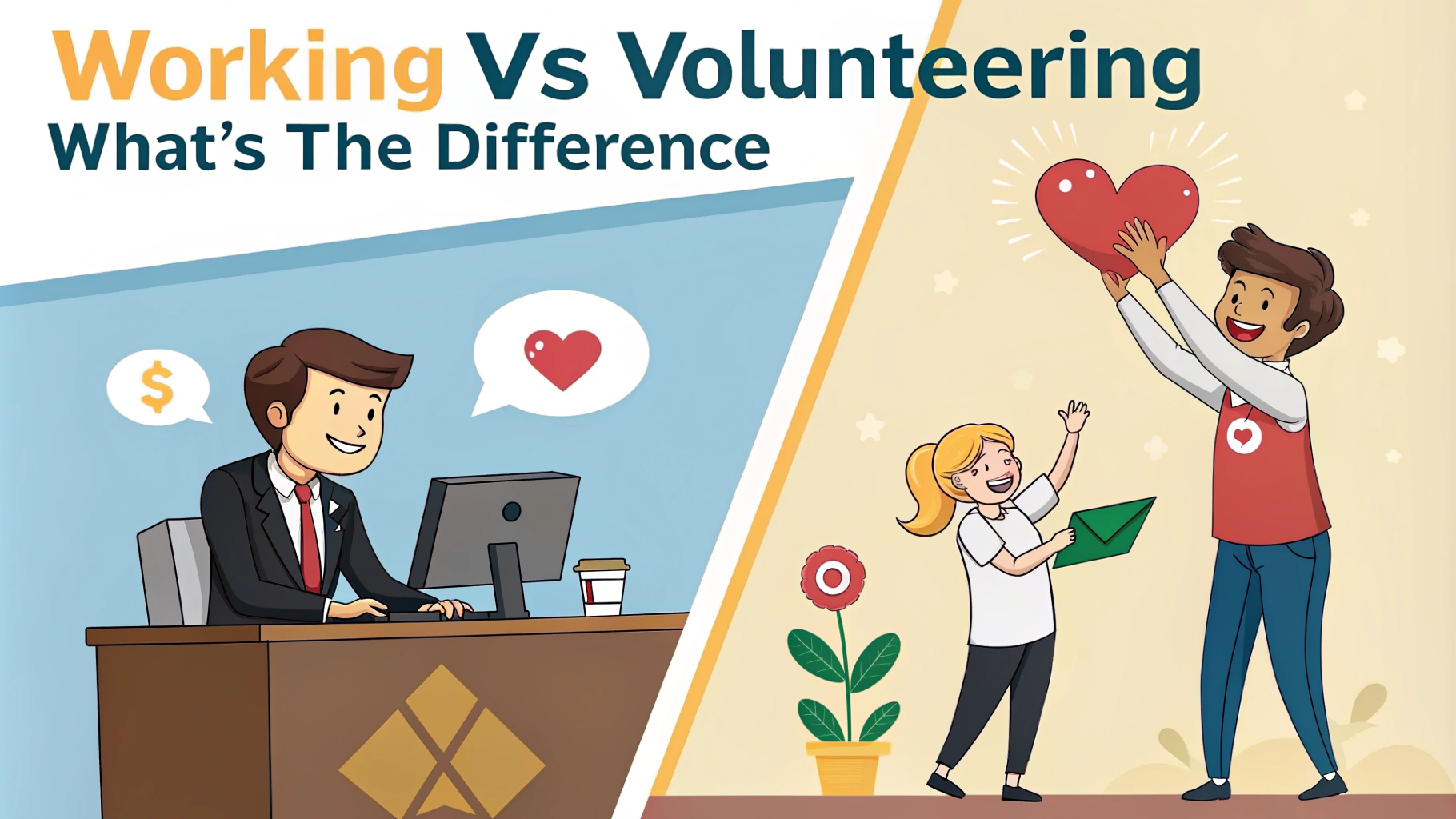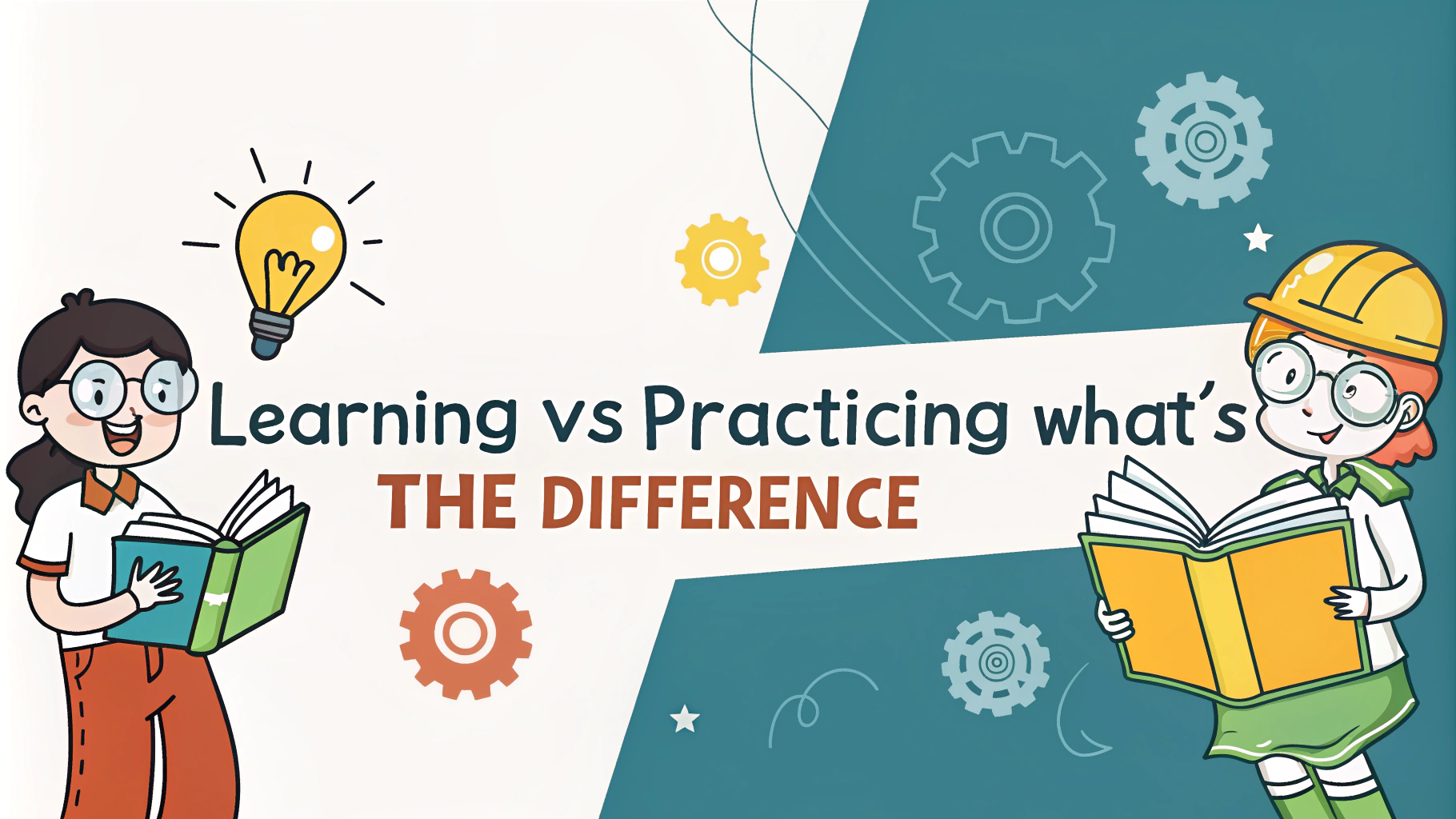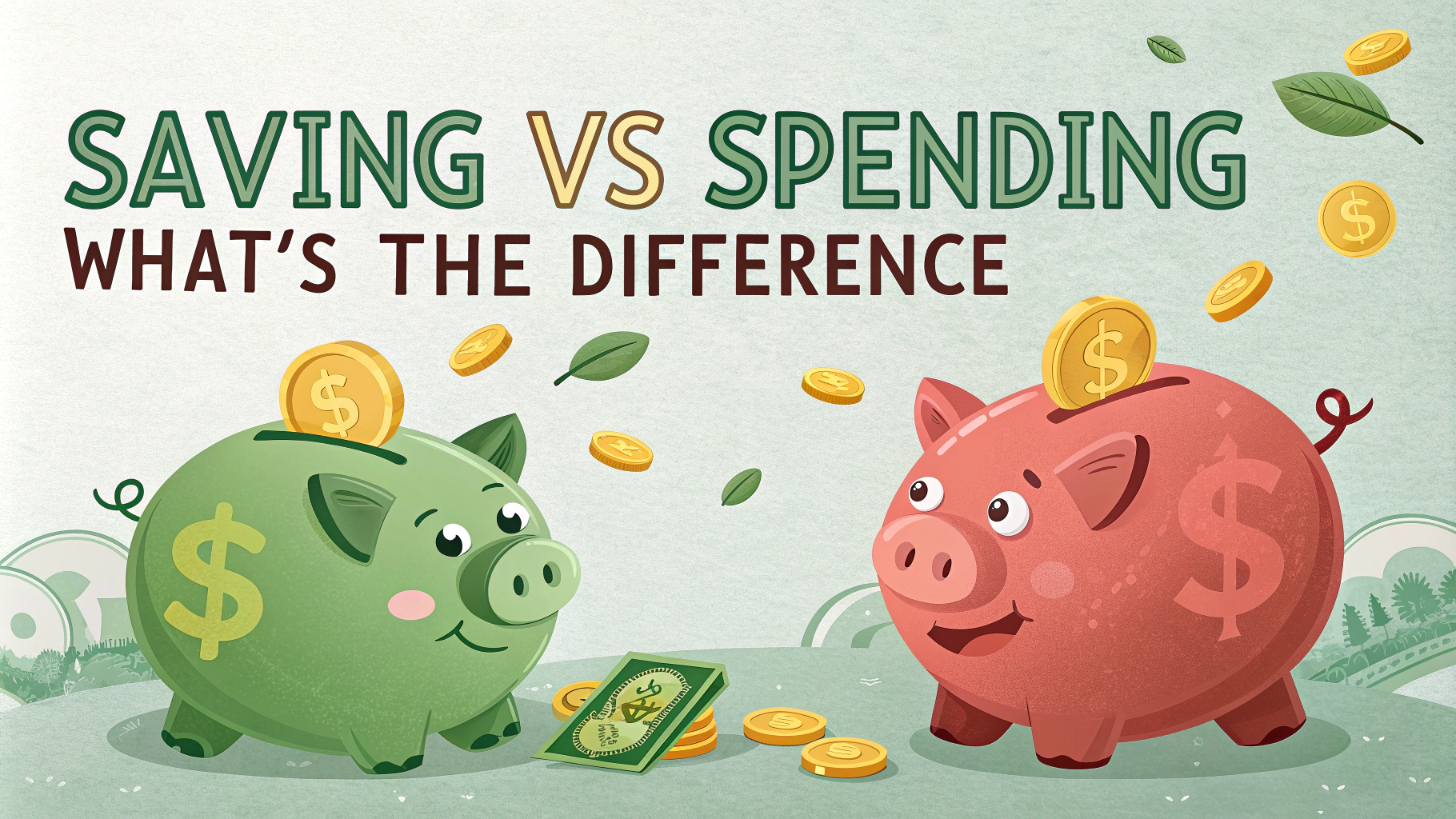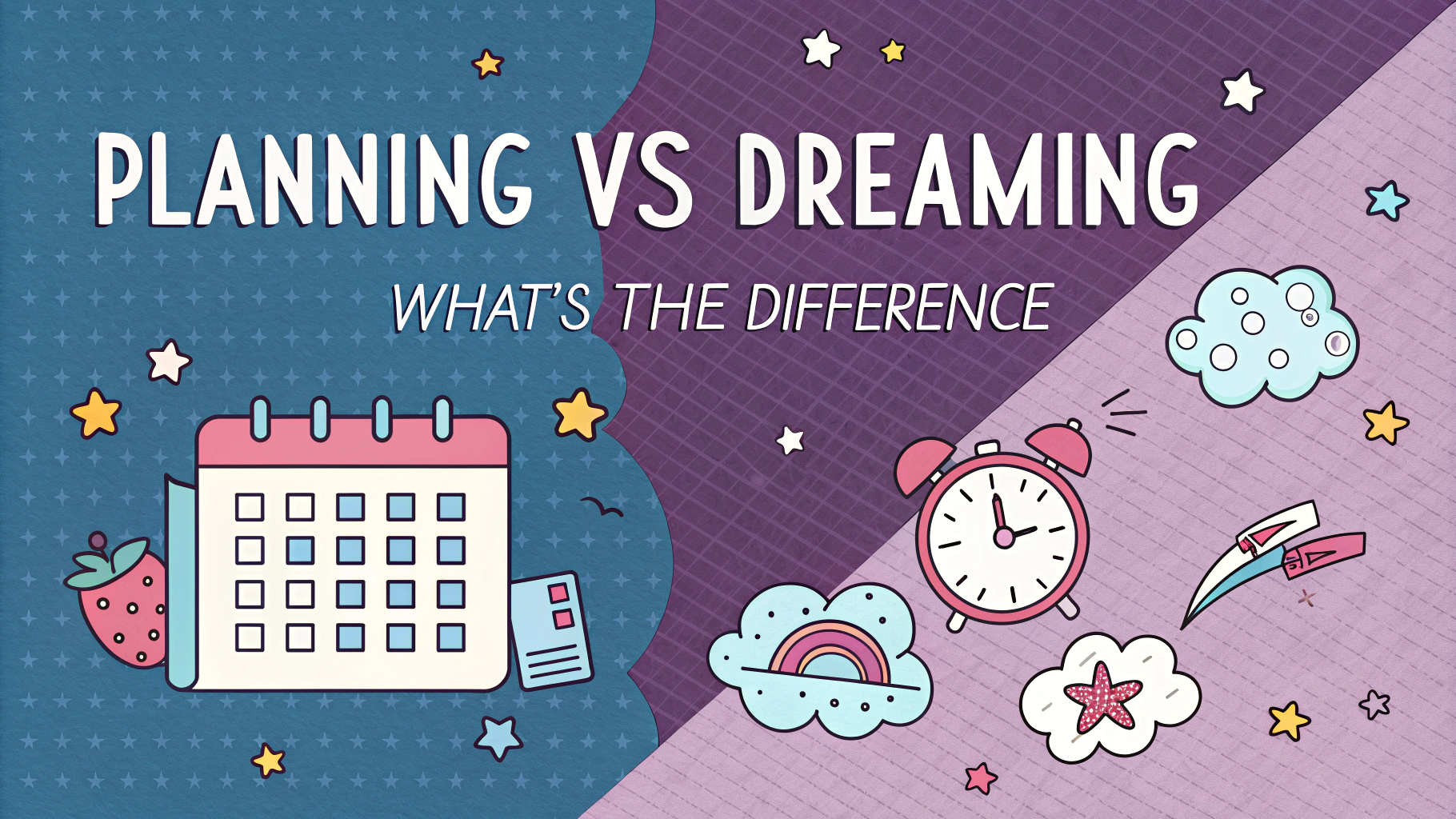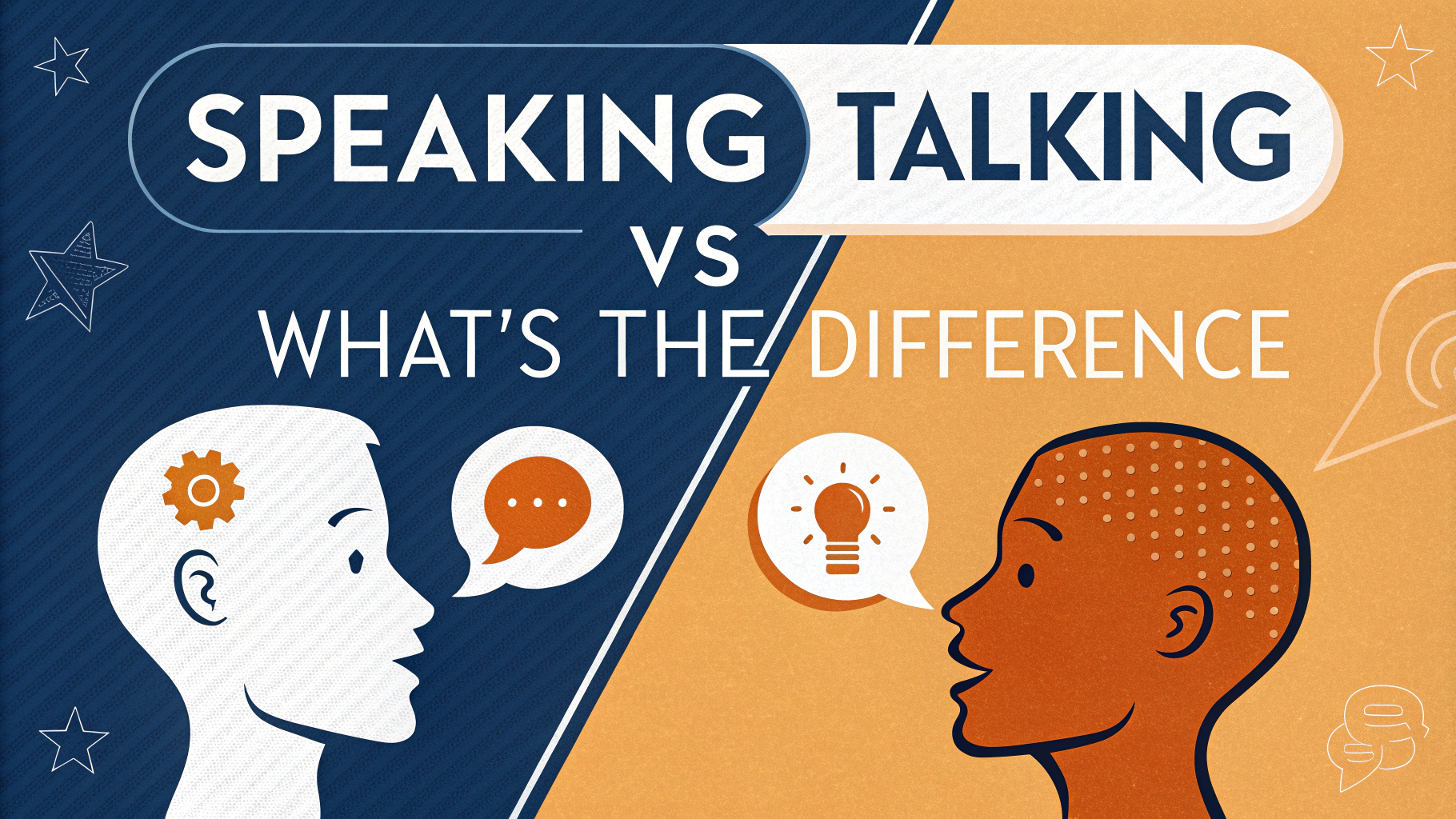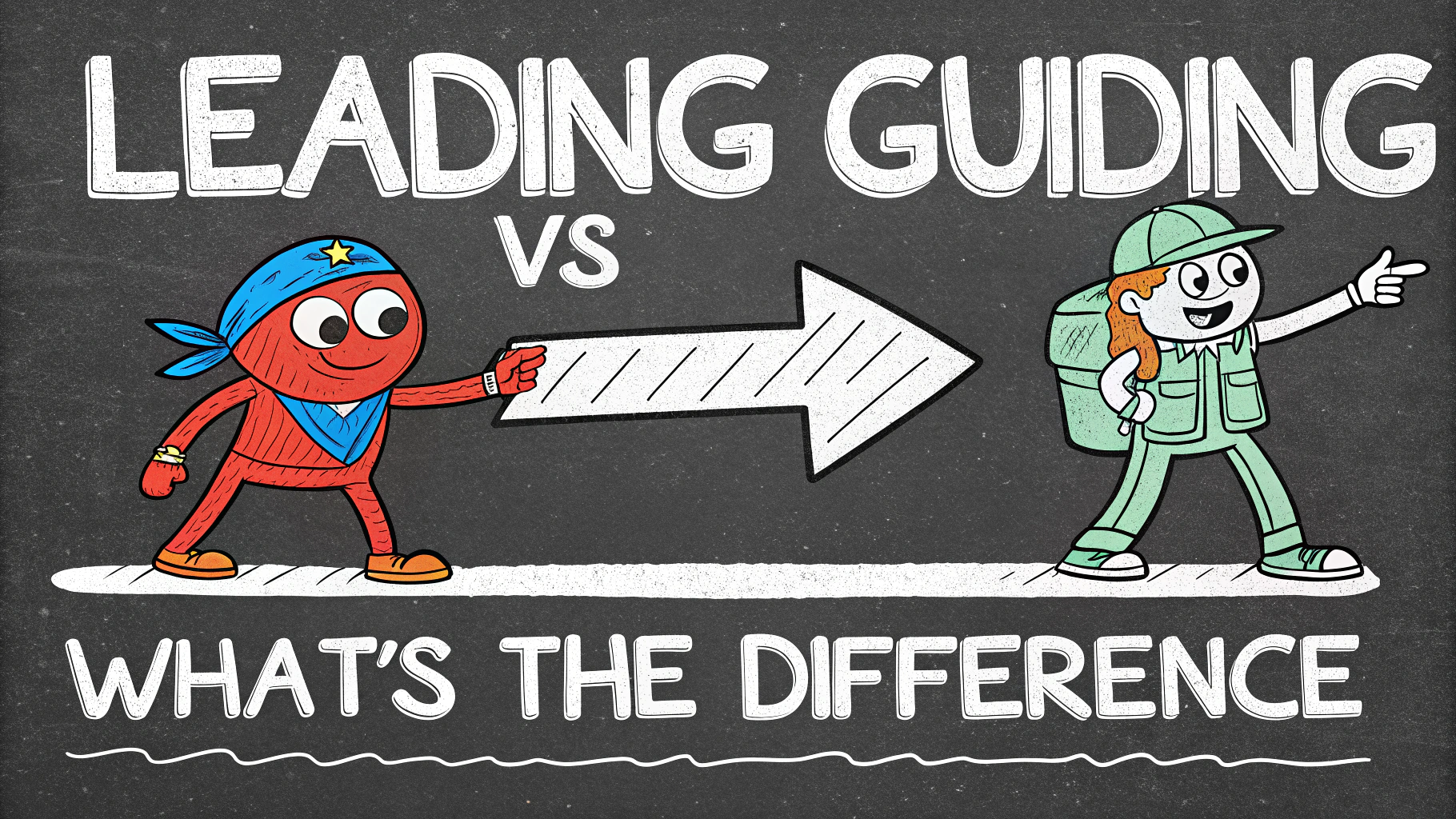Love and trust form the backbone of healthy relationships, yet they’re distinct emotions with unique roles. While love ignites passion and connection, trust builds a foundation of security and reliability.
This article explores the intricate relationship between love and trust, helping you navigate the complexities of human connections. We’ll uncover strategies to cultivate both love and trust, and examine how they interact to create lasting bonds.
Defining Love and Trust
Love is an intense feeling of deep affection, often characterized by emotional and physical attraction. It can be romantic, familial, or platonic.
Trust, on the other hand, is a firm belief in the reliability, truth, or ability of someone or something. It’s built over time through consistent actions and honesty.
Key Differences:
- Origin: Love can be instant, while trust develops gradually
- Nature: Love is emotional, trust is rational
- Stability: Love can fluctuate, trust tends to be more stable
The Interplay Between Love and Trust
Love and trust often reinforce each other in relationships. Strong trust can deepen love, while love can motivate individuals to be more trustworthy.
However, it’s possible to love someone without fully trusting them, or to trust someone without loving them. Understanding this distinction is crucial for maintaining healthy relationships.
Examples of Love-Trust Dynamics:
- A new romantic relationship: High love, developing trust
- Long-term friendship: Moderate love, high trust
- Professional relationship: Low love, high trust
Building Trust in Relationships
Trust forms the bedrock of strong relationships. Here are key strategies to build and maintain trust:
- Consistency: Be reliable in your words and actions
- Transparency: Communicate openly and honestly
- Accountability: Take responsibility for your mistakes
- Respect boundaries: Honor personal space and privacy
Remember, trust is easier to maintain than to rebuild. Prioritize trustworthy behavior in all your interactions.
Nurturing Love in Relationships
While love can spark naturally, nurturing it requires effort. Consider these approaches:
- Quality time: Engage in meaningful activities together
- Acts of kindness: Show care through thoughtful gestures
- Physical affection: Express love through appropriate touch
- Verbal affirmation: Communicate your feelings openly
Balancing these elements helps create a loving environment that fosters deep connections.
Overcoming Trust Issues in Relationships
Trust issues can erode even the strongest bonds. Addressing these challenges head-on is key to building lasting relationships. Here are effective strategies to overcome trust problems:
- Open communication: Create a safe space for honest dialogue
- Seek professional help: Consider couples therapy or counseling
- Practice forgiveness: Learn to let go of past hurts
- Set clear boundaries: Establish and respect personal limits
Remember, rebuilding trust takes time and patience. Consistency in actions and words is crucial for success.
Balancing Love and Trust in Different Relationship Types
Different relationships require unique approaches to love and trust. Consider these dynamics:
Romantic Relationships
- Cultivate intimacy: Share vulnerabilities and dreams
- Maintain independence: Encourage personal growth
Family Relationships
- Respect differences: Acknowledge diverse perspectives
- Create traditions: Build shared experiences
Friendships
- Show up: Be there during good and bad times
- Practice reciprocity: Balance give and take
Adapting your approach to love and trust based on relationship type strengthens connections across all areas of life.
Technology’s Impact on Love and Trust
Digital communication has transformed how we express love and build trust. Consider these effects:
- Increased connectivity: Easier to stay in touch, but may reduce face-to-face interactions
- Social media influence: Can create unrealistic expectations or jealousy
- Online dating: Expands romantic opportunities but may complicate trust-building
Navigate these challenges by setting clear digital boundaries and prioritizing in-person connections when possible.
Self-Love and Self-Trust: The Foundation for Healthy Relationships
Developing a strong relationship with yourself is essential for forming healthy connections with others. Focus on:
- Self-care: Prioritize your physical and mental well-being
- Personal growth: Set goals and work towards self-improvement
- Positive self-talk: Challenge negative thoughts and build self-confidence
By nurturing self-love and self-trust, you create a solid foundation for all your relationships.
Wrapping Up: The Ongoing Journey of Love and Trust
Love and trust form the core of meaningful relationships. While distinct, these elements work together to create strong, lasting bonds. Key takeaways include:
- Recognize the differences between love and trust
- Actively work on building both in your relationships
- Address trust issues promptly and effectively
- Adapt your approach based on relationship type
- Navigate technological challenges mindfully
- Prioritize self-love and self-trust as the foundation for healthy connections
Remember, cultivating love and trust is an ongoing process. With patience, effort, and understanding, you can build and maintain fulfilling relationships in all areas of your life.
FAQs about Love vs Trust
- What’s the difference between love and trust?Love is an emotional attachment, while trust is a belief in someone’s reliability and honesty. Love can exist without trust, but a healthy relationship requires both.
- Can you have trust without love?Yes, trust can exist independently of love. For example, you may trust your colleagues or business partners without loving them.
- Is it possible to love someone you don’t trust?It’s possible to have feelings of love for someone you don’t trust, but this often leads to a troubled relationship. Trust is crucial for a stable, long-term partnership.
- How do you rebuild trust in a relationship after infidelity?Rebuilding trust after infidelity requires:
- Open communication
- Genuine remorse from the unfaithful partner
- Transparency in actions
- Patience and time
- Possibly seeking professional help
- What are signs of trust issues in a relationship?Common signs include:
- Constant suspicion
- Difficulty opening up
- Fear of commitment
- Jealousy
- Overanalyzing partner’s actions
- How does lack of trust affect love?Lack of trust can erode love over time by creating tension, suspicion, and emotional distance between partners.
- What’s more important in a relationship: love or trust?Both are crucial, but many relationship experts argue that trust is the foundation upon which love can thrive and grow.
- How do you balance love and trust in long-distance relationships?Balancing love and trust in long-distance relationships requires:
- Regular communication
- Honesty about daily activities
- Setting clear expectations
- Maintaining individual lives
- Planning for the future together
- Can trust be stronger than love?In some relationships, particularly long-term ones, trust can become a stronger bond than passionate love, creating a deep, stable connection.
- How do attachment styles affect love and trust?
Attachment Style Effect on Love Effect on Trust Secure Comfortable with intimacy Easily trusts others Anxious Craves closeness May struggle with trust Avoidant Fears intimacy Difficulty trusting others - How does self-love impact trust in relationships?Self-love can positively impact trust in relationships by increasing self-confidence, reducing insecurity, and promoting healthier boundaries.
- What role does vulnerability play in love vs trust?Vulnerability is crucial for both love and trust. It allows for deeper emotional connections in love and demonstrates faith in your partner’s reliability, fostering trust.

